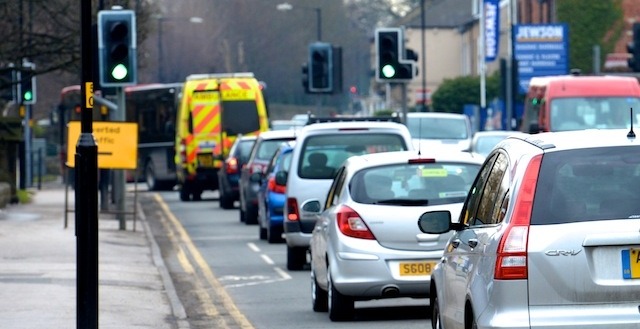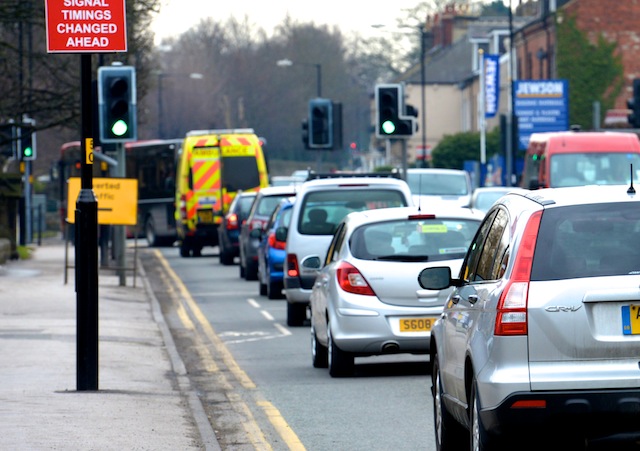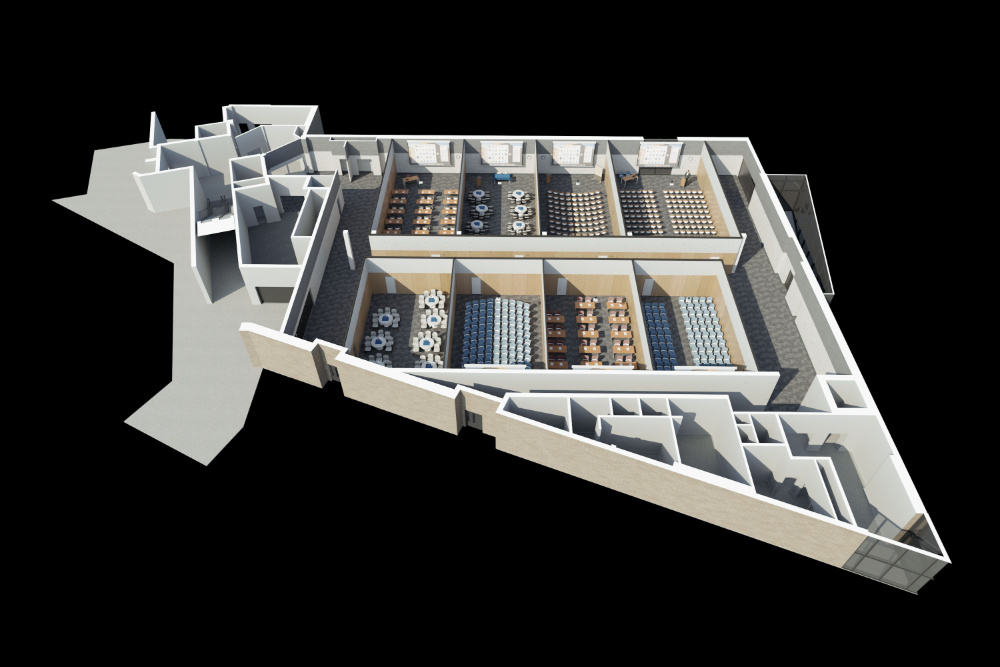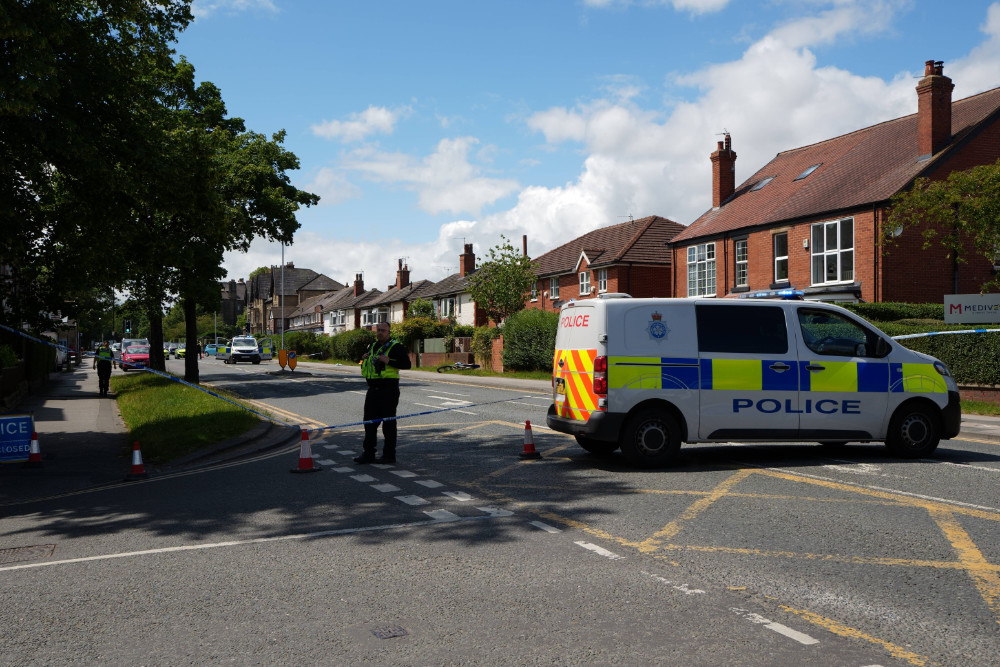Nearly two thirds (64%) think traffic is too fast on some or all local roads for the safety of kids on foot and bikes and 65% want action to make walking and cycling safer around schools, homes and in town and village centres.
However six in ten (63%) admit to driving at 35mph or faster in a 30 limit and 29% do this at least once a week.
Two thirds (67%) explained they feel pressure from other drivers to go faster in built up areas, while a third (33%) say they give in to this pressure to make them drive faster.
Five children under 16 are killed or seriously injured when walking or cycling every day in the UK. Reducing vehicle speeds can make a massive difference to the safety of kids on foot and riding bikes. At 20mph, drivers have much more time to react, to help them stop in time if they need to, for example if a child runs out into the road.
Brake an independent road safety charity and Direct Line Insurance commisioned a survey of 1,000 drivers from across the UK.
Brake is urging drivers everywhere to help make roads safer for kids by committing to slow down to 20mph around homes, schools and shops, even where the limit is 30mph. Through the GO 20 campaign, it is also calling for 20mph limits to become the norm across built-up areas. It is calling for more safe pavements, paths and crossings, so children and adults can walk and cycle for their health and enjoyment, and for cheap and sustainable travel, without being or feeling endangered.
Julie Townsend, deputy chief executive, Brake, said:
While it’s important kids and young people receive road safety education, it’s crucial that drivers take on the ultimate responsibility for protecting children on foot and bike. Our research shows there’s a contradiction in what some drivers say they want and the way they behave at the wheel. As well as campaigning for government and local authorities to do more to reduce speeds in communities to tackle pedestrian and cyclist casualties and create nicer places to live, we’re appealing to drivers everywhere to do their bit too. By slowing down to 20mph around homes, shops and schools, you’ll be helping to save lives, and enabling kids to walk and cycle more in their neighbourhoods.
Inspector Paul Cording of North Yorkshire Police’s Roads Policing Group, said:
Speeding is one of the major concerns highlighted to us by members of the public. Not only is inappropriate and excessive speed a cause of deaths and serious injuries and one of the four most common causes of road deaths, it can also have an impact on the quality of life for people who have a right to feel safe in their communities.
Casualty figures speak for themselves with speed being a contributing factor in around one fifth of all fatal collisions in North Yorkshire. We can’t stress how important it is to take heed of the speed limit and remember that it is a limit, not a target and motorists should reduce their speed according to the prevailing conditions and potential hazards at the time.
Traffic increases during school term time and there will be more pedestrians out and about at key times, the weather will soon be autumnal bringing with it different hazards and drivers should factor all these additional risks into their journey planning.
Advice for parents
Deciding to let children walk or cycle to school unsupervised is a difficult decision for many parents, who are faced with having to weigh up the benefits of their child living an active lifestyle with the threat of their child being hurt by drivers. Research shows many are put off letting their child get out and about by traffic danger [8]. Making roads safer helps more parents to let kids walk or cycle.
Parents who are worried that their child’s route to school isn’t safe enough have a number of options. If it’s possible, they could walk with their child to school, helping to keep them safe, or set up a walking bus with the help of other parents. They could also work with the school to set up a local campaign for safer roads, calling for measures such as a 20mph limit, crossings, pavements and paths. They can also check if their child’s school runs pedestrian and cyclist training, and encourage them to contact the local authority to provide this if they don’t.
Full results
Within the past 12 months, how often have you driven at 35mph or faster in a 30mph zone?
4 % said daily or more than once a day
12% said several times a week
13% said about once a week
11% said about once a month
23% said less than once a month
37% said never
Within the past 12 months, how often have you felt under pressure from other drivers to drive faster when in built up areas?
6% said daily or more than once a day
24% said several times a week
16% said about once a week
10% said about once a month
11% said less than once a month
34% said never
How often did this pressure make you drive faster?
1% said daily or more than once a day
6% said several times a week
8% said about once a week
6% said about once a month
12% said less than once a month
66% said never
Do you think traffic in your neighbourhood is too fast for the safety of children or adults on foot or bicycle?
24% said yes, traffic is too fast on most/all local roads for safety
40% said yes, traffic is too fast on some local roads for safety
37% said no
Do you think more needs to be done to make walking and cycling safer around schools, homes and town/village centres in your area?
38% said yes, we need some/more cycle paths
15% said yes, we need some/more pavements
25% said yes, we need some/more crossings
29% said yes, we need some/more 20mph limits
21% said yes, we need safer junctions for cyclists
22% said no, we already have the above measures
13% said no, I don’t think more needs to be done







